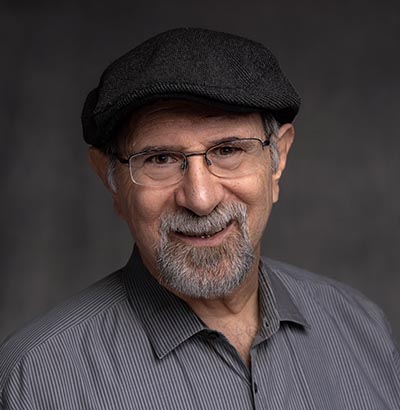Life in the Rearview Mirror
Photo by Patrick Marah on Unsplash
My memory has a negative bias. Maybe your memory isn’t wired this way, but whenever I have occasion to look back at my life, I find it easy to recall my failures and hard to recall any successes. Looking across the broad expanse of my life, my first impression is a series of stumbles, meanders, and random events. No pattern or consistent theme is readily apparent.
The retrospective view happens to be top of mind because my wife and I are approaching a major milestone event in our relationship, and we wanted to use the occasion to share with our children and friends a sense of what our lives together have been all about. While we were thinking about ways we could do that, I came across a tool that might be just the ticket. It’s called “life review.”
“Life review” actually has two meanings. One is that phenomenon described by people who have had near-death experiences, when their whole life flashes before their eyes in an instant. That is not the one I’m describing.
The other meaning is a process for trying to make sense of one’s life. “The unexamined life is not worth living,” Socrates declared while nearing his own death experience. A life review, as psychologist Bonnie Kellen puts it, is “an examination of one’s life with the benefit of hindsight.” Psychologists have been using life review as a therapeutic tool since the 1960s, especially with older adults.
For me, it sounds like a good way to recall more positives to give them at least equal play with the negatives, and maybe even to render a lifetime of stumbles and meandering into a life that has a consistent narrative and consistent purpose.
How It Works
Typically, a life review Exercise involves several sessions with a facilitator, one-on-one or in a group. The facilitator asks questions that hopefully prompt participants to explore events of their childhood, teen years, and later stages of life. It’s also possible to do a life review individually using a workbook or manual with dozens of prompts to promote reflection.
One popular variation on the life review is guided autobiography. Instead of recalling events chronologically, weekly sessions are organized by themes – family, Money, work, health, etc. Participants write brief autobiographical vignettes and share them aloud with the group.
Dr. Robert Butler, who first coined the term life review, saw assessing one’s life in retrospect as a normal part of Aging. Therapists who have conducted life review exercises with older adults report that the sessions reduce Depression and Anxiety and increase life satisfaction. More recently, studies are finding that other age groups can also benefit.
The benefits, according to psychologists, include these:
Accepting the past. By seeing old disappointments from a different perspective, you may be able to accept them as events that had an unexpected impact on your life but made you who you are.
Forgiveness. Old grudges and disputes, on close inspection, may not be worth the pain and estrangement they have caused. Reflection may lead to forgiveness, of others and of yourself, and thereby promote healing. (Another benefit therapists report is better interpersonal Relationships.)
New purpose. By finding the common themes that connect the dots of your life’s journey, you may gain Clarity about how you want to live your life going forward.
Dopamine. Reminiscing about positive events in your past can trigger the release of endorphins and dopamine, brain chemicals that promote feelings of happiness and satisfaction.
Going It Alone
If you decide to conduct a life review on your own, you might benefit from downloading Life Review Workbook by Carolyn E. Cooper. Among the questions she asks you to reflect upon are these:
What would you regret most not achieving in your life?
Who are the most important people in your life?
What relationships need repair?
What gives you energy?
If your house were on fire, what three things would you save (after yourself and your loved ones?
For our part, my wife and I want to weave a narrative that demonstrates that our 50 years of missteps and meandering in the desert were actually consistent with our purpose and our values. In other words, we knew where we were going all along.
That’s our story, and we’re sticking to it.

























